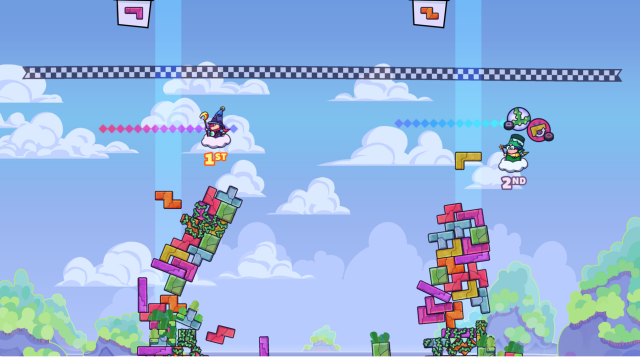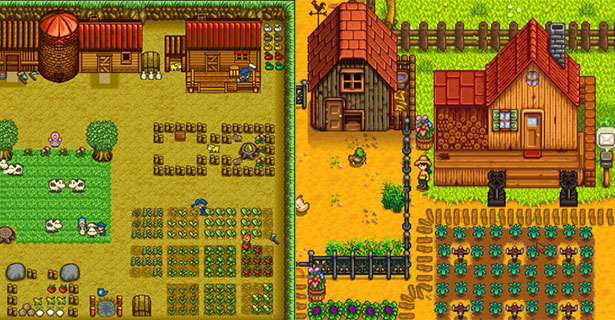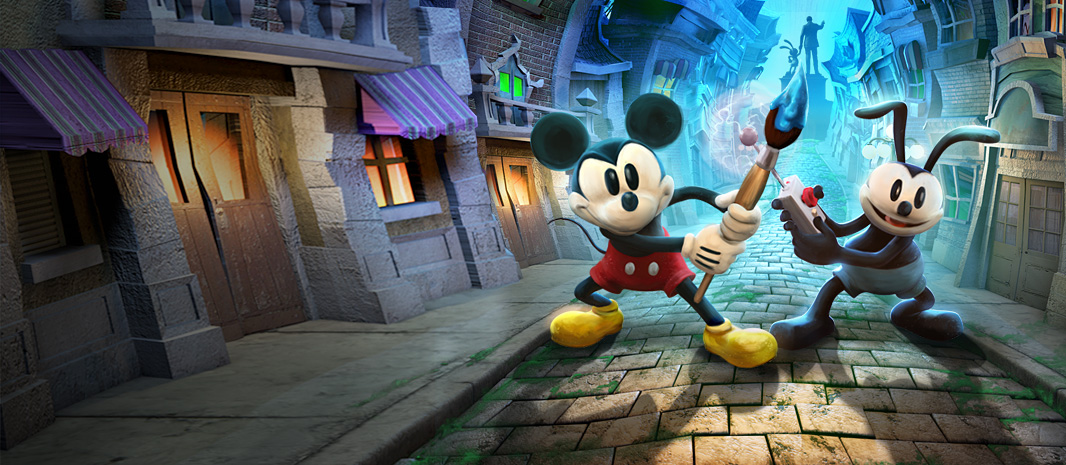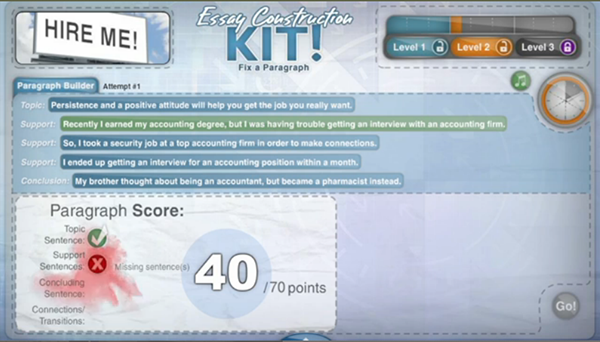As the feminist pop culture community becomes more outspoken and as the campaign for proper female representation in games and the variety of other pop culture mediums gains increasing support, I’ve noticed that there have been a lot of excuses going around. These excuses or justifications cover all the reasons why it’s difficult to create female characters. But as these executives or company personnel cite technicalities I would argue that their rhetoric reveals a misunderstanding of what actually should make a female character and why their inclusion is important.
In a recent interview with Patrick Bach, Battlefield’s executive producer, discussing whether Battlefield will see the inclusion of female characters in its multiplayer, Bach revealed that it was likely but that they didn’t know “when (they) could do that.” He continued saying:
“We have been talking about it quite a lot. We’ve been looking at how much it’s worth, compared to how much we’d have to sacrifice. Because it’s quite complicated, It’s not just [creating] the actual character models, it’s all the voice-over work. We have hundreds of thousands of lines that would need to be duplicated, because even now we’re cheating quite a lot – we have random male voices, and then you have to multiply that by two. If we do it, we’ll do it right, not just to tick a box or something.”
While it is certainly nice to see that Battlefield will finally be adding female characters to the multiplayer experience, the use of “sacrifice” and the feeling as if the inclusion of women characters is difficult and something that must have a “worth” to counteract the sacrifice and costs involved points to an excuse to potentially not include them. Though it appears that DICE will be including female characters to play in the multiplayer and that they say they’d try to make it as detailed as possible, it is the fact that they consider the requirements for making female characters as an excess cost what’s troubling. Though little to no thought seems to be given to the necessity for the random male voices, the female voices are seen as extra and something to only be done if the budget allows. Rather than perhaps toning down the amount of male voices in order to include some portion of female ones, it appears in his statement that they’d just take on an additional cost. This removes any sense of making both genders equal and tags female characters as somewhat of a bonus option to be praised for including rather than the equal standard it should be. This isn’t even mentioning that there continues to be a lack of definable female characters in a lot of the main campaigns and stories of Battlefield and other related titles, which points again to the problem of a lack of proper representation.
In a similar vein, Disney’s upcoming animated film Frozen has already met with its fair share of controversy even as its release is a month away. Based off Hans Christian Anderson’s notably feminist-friendly story The Snow Queen, Disney not only changed the title in order to remove the emphasis on the female characters in the story, but rewrote the story as a whole. Among the revisions, the role and power of the female characters were lessened, love interests and male “support” figures were added for the heroine, and some originally female roles were changed. In the original the heroine Gerda, renamed as Anna in Frozen, journeys to defeat the powerful Snow Queen to rescue her male friend Kai. The story is predominately composed of girls and women both human and animal and Kai isn’t made to be Gerda’s love interest. In Frozen, Anna and the Snow Queen, who is now Anna’s sister, are the only two female characters remaining, with the rest having been replaced by male characters. Whereas The Snow Queen was once a tale about a young girl finding power and overturning gender norms with the help of female relationships, Frozen has robbed and lessened the strength of Gerda/Anna’s character and story by simplifying her character design and portraying her in relation to male characters.
While the destruction of a feminist classic is certainly a great offense to women’s representation in fiction, perhaps a more noticeable strike against Frozen and its production came from Lino DiSalvo, the head of animation on the movie, who made a statement that animating women was “really, really difficult” because they had to stay pretty and couldn’t be as expressive because of it:
“Historically speaking, animating female characters are really, really difficult, ’cause they have to go through these range of emotions, but they’re very, very — you have to keep them pretty and they’re very sensitive to — you can get them off a model very quickly. So, having a film with two hero female characters was really tough, and having them both in the scene and look very different if they’re echoing the same expression; that Elsa looking angry looks different from Anna (Kristen Bell) being angry.”
Basically, a nearly all-female cast was reduced to two female characters who look incredibly similar because making them is “hard,” while in all actually the decision to perpetuate the idea that animated female characters must have restricted emotion or a certain appearance was a choice. Rather than designing the female characters in a way that makes them realistically human with a full range of complex emotions and appearances, creators stick to this formula and then use it as an excuse to not make “unnecessary” female characters. This denies any chance of creating a realistic female character, leads to the continued creation of generic female characters, and then feeds these very comments that result in a lack of properly written and designed female characters.
Overall while the two examples are not based on the exact same circumstances, they both point to a tendency to erase some of the culpability of either not including female characters at all or creating generic and underachieving ones. Rather than take these as straightforward answers, it’s important to look beyond them to see what drives their biases.





5 thoughts on “The Making of the Female Character or Why Excuses Aren’t Cutting It Anymore”
what he said was problematic, but it had NOTHING to do with the ‘reduced female cast’. that was an unfounded rumour started on tumblr.
I think you have a valid point, but while he might not have meant it in that manner, it came off that way to me. I think a lot of times the worst statements are said without realizing all the implications of the statement or without necessarily meaning to say it (like those “I wasn’t trying to be racist!” comments) but ultimately they are still problematic and intent doesn’t mean anything. So even if he didn’t mean to be talking about that, it’s not hard to link his comment to the reduced female cast. Even if you don’t see it that way, I think everyone can agree his comment was still problematic.
It is EXTREMELY hard to link the actual quote to the reduced female cast considering that the animators have essentially nothing to do with the story, including the man who made the statement. The directors and screenwriters are the ones who changed the story. If you’re going to pick a Disney movie to ridicule for being anti-feminism you picked the wrong one. It feature two strong, independent female characters who don’t need the male characters to succeed, but the story needs them. SPOILER ALERT while yes, Anna’s main goal is not to save Kristoff, it is to save Elsa. Just because she’s not saving a male does not make her any less of a hero. Also the other male character, Hans, also continually argued to just be there for the purpose of a love interest has a MUCH different purpose. END SPOILER This is not Disney’s adaptation of the Snow Queen, it’s a Disney movie inspired by the Snow Queen, which if you’d done any research, you would know they’ve been trying to produce since the 1940’s, and they finally got the story to work by making the two female leads sisters. So not only does this movie feature strong woman and feature a wonderful story about sisters, it’s also the first Disney movie to be DIRECTED by a female. That’s a MAJOR step forward. It’s so sad that all of these feminists keep jumping on this movie in hate, when they should be really, really, excited about it.
It’s true that the animators do not have total control over the direction of the movie but they do influence it. The story/narrative does not exist in a bubble – it is created alongside the animation. Regardless, this does not change the fact that the animators created Anna’s companions (the reindeer and the snowman and even Kristoff) as male where they could have been female (which is probably a result of trying to “appeal to boys” as well).
I’m not saying that Frozen is anti-feminist in any regard and it is great to see a woman director (though her co-director, Chris Buck, has been getting more attention and is the only name to come up when Googling “Frozen director”). I’m saying that they reduced a primarily female cast to two female characters, making there be more male characters than female characters and lessening the impact of a women-driven story; added a (granted presumably) unnecessary romantic interest and male support figure; and added two more white princesses to their Disney Princess line that, adding insult to injury, look almost exactly like Rapunzel rather than taking the opportunity to use the arctic location to make PoC princesses. Anna and Elsa could very well be enjoyable and strong female characters, but this doesn’t negate all the problematic aspects of the movie, including the fact that not critiquing the movie also runs the risk of reinforcing DiSalvo’s belief or making what he said “okay.”
Rather than thinking it’s sad that we’re “hating” on this movie, I think it’s sad that some think that just because a film has a few good qualities, that it can’t be still problematic. Or that we should be “excited” because it still has two female main characters though the rest have been eliminated; that one of The Snow Queen’s awesome details, that Gerda flips gender roles and rescues a guy, has been removed; and that once again Disney has created two more nearly identical white princesses. I’m not saying that Frozen isn’t going to be a good movie; I have no idea if it will or not. I’m saying that it’s important to critique things like the head animator thinking that female characters need to be “pretty” or why they removed any chance of diversity by casting Anna and her sister as white instead of a character of color or why they continually lessen the importance of the female characters in the movie titles (“Rapunzel” to “Tangled,” “The Snow Queen” to “Frozen”). I am interested to know, however, how you seem to know more than everyone else regarding what’s going to happen in Frozen. How do you know what role Kristoff or Hans is going play?
Regardless, I think it’s “sad” that I can’t be critical of a film without being mocked as being a part of “these feminists” like it’s a derogatory thing and told “Well you should really be grateful you got strong female characters at all, stop ruining my Disney bubble by bringing your social justice into my childhood.”
If they feel the need to attack it means they’re having doubts about their own stance – hence ordering you to back down in an attempt to validate their own opinion.